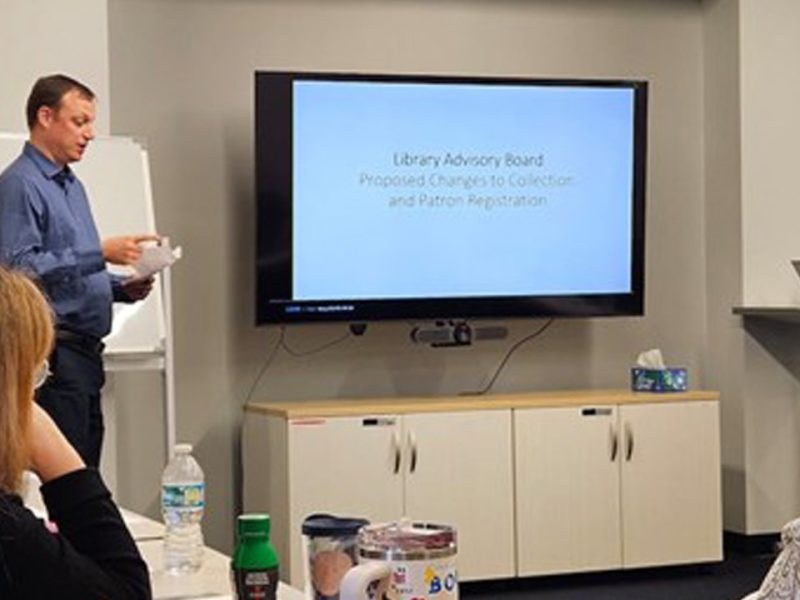
How Affirmations Can Support Your Child’s Learning
Affirmations can support K-8 students’ mental health and help them perform better in school, experts say.
US News | By Katie Loos | June 30, 2021
Children’s mental health and well-being are tied to their achievement in school. For elementary and middle school students, the classroom can be an overwhelming environment that may cause social pressure and performance anxiety.
As a result, mental health interventions are often needed to help address adverse effects, particularly for students of color who face the additional threat of negative stereotypes and biases about their ability to succeed academically, some experts say.
Barbara Truluck, a counselor at Palmer Middle School in Kennesaw, Georgia, says kids can have a “defeatist attitude” during this period of childhood. For middle schoolers, these developmental years can be a turbulent time where they are just beginning to form their identity. Instability can make it easy for students to think negatively about themselves and their academic abilities, she adds.
Parents and other caregivers, not just educators, can support students’ learning by fostering nurturing environments where children can grow their confidence and self-esteem in academics.
“If you attend to those social and emotional needs first, it will help undergird them for academics because they know that you care about them as a human first,” says Anthony Swann, a fifth grade teacher at Rocky Mount Elementary School and Virginia’s 2021 Teacher of the Year.
When caregivers and educators provide a safe space for children to learn and receive affirmation, students may better achieve their educational goals, experts say.
What Are Positive Affirmations and Self-Affirmations?
According to Geoffrey Cohen, a psychology professor at the Stanford University Graduate School of Education in California, it’s best to think of self-affirmations in the literal sense of the word: “making the self firm.” A child can accomplish this by becoming grounded in his or her most important values. Those values could be friends and family, creative outlets, religion or sports – whatever it is the child cares about, Cohen says.
People often mistake self-affirmations for “self-flattery and empty praise,” Cohen says.
“It’s not me as a parent telling my kids you are so smart, you are so wonderful; it’s instead me as a parent molding the situation in ways that my kids can exemplify who they are and feel value. It’s not me telling you you’re great; it’s you showing the ways in which you are special.”
While self-affirmations are not the sole solution to inequities and discriminatory practices in the education system, Cohen has discovered through research some positive effects of self-affirmation exercises on middle school students of color.
In one study, for example, he helped lead a research team that found that Latino students who participated in values affirmation exercises like writing and reflecting on their personal values had persistently higher grades than Latino students in the control group, who did not participate in the affirmation exercises.
In addition to self-affirmations, “affirmations from teachers and caregivers can be a good way to bolster a student’s sense of self-confidence,” says Omar Gudiño, a clinical child psychologist and associate professor in applied behavioral science and psychology at the University of Kansas.
Positive affirmations from external sources can also support a child’s mental health and performance in school. Gudiño encourages parents and educators to provide positive affirmations for aspects of children’s behavior that are not out of their control. For example, he recommends “praising their level of effort, their persistence, work ethic and how hard they tried” rather than simply saying, “You’re so smart.”
Ways to Use Affirmations for Kids
When K-8 students are struggling with negative thinking, consider these five ways to use affirmations for kids:
- Communicate and listen.
- Use written reflection as a tool.
- Be specific.
- Work toward a growth mindset.
- Ask kids to talk to themselves like a friend.
Communicate and Listen
Cohen says when parents and educators engage with students’ values by asking them what they like and care about, kids may feel more of a sense of purpose, acceptance and self-worth. To help a child feel affirmed, he recommends listening rather than lecturing.
For example, Swann says when he talks with students about their social-emotional needs, it “opens great possibilities within the classroom because the students will feel safe when they know that you care about them.”
Each day in class, he tells students they are important and shows them they are by listening to their needs, and being vulnerable by apologizing when he makes mistakes. Swann says he fosters an environment where students can place their trust in him because he listens and responds rather than immediately reacting to what they share with him.
Use Reflection as a Tool
Cohen says abundant research shows that allowing kids to reflect on or write about their core values is a powerful self-affirmation tool. He suggests providing kids the space to express and reflect on the areas of their lives they value.
Truluck uses reflection in peer mediation groups, where each student receives a journal to track triggers for stress. Students write down a daily gratitude and “something positive about themselves, either something that they’ve shown resilience in, or something that they did really well,” she says.
Truluck pairs these reflections with peer discussions and time for students to set personal and academic goals. Students regularly write goals for themselves about how they want to improve. The goals could range from asking more questions in class to making a new friend.
Be Specific
When providing positive affirmations to kids, be specific about what you are praising, Gudiño says. Rather than giving generic compliments like “nice job” or “that’s good,” he suggests thinking about exactly what you want to help affirm.
He recommends focusing on “the importance of affirming the process more than the outcome,” like saying, “Nice job trying your best on that test” – which affirms the student’s work ethic – rather than simply saying, “Nice job on the test.”
The goal is to highlight the positive behavior you want to see more of, Gudiño says. Giving a positive affirmation is “a way to draw attention to that behavior” and help kids recognize that praise as a truth, he says, adding that parents can make it clear to the child that he or she tried his or her best and followed through even when it was hard.
Work Toward a Growth Mindset
Gudiño uses cognitive behavioral approaches to help children shift their negative thinking and adjust their perspective to encourage positive thinking. He says he helps kids identify “what is the thought I’m having, what is the perspective I have, and how can I change it to a more helpful way of looking at things?”
Similarly, Truluck works to create a positive school climate by promoting among students a “growth mindset,” a term coined by Stanford psychology professor Carol Dweck. The idea is to teach students that their basic abilities can and probably will grow over time.
“Your brain and your talents, that’s just a starting point,” Truluck says, “but with hard work and really being dedicated to your schoolwork, you learn and you grow.”
Particularly when a student fails a test or receives a poor grade, Truluck says she tries “not to emphasize the failure, but that this is a growing process, this is a learning process. Maybe we didn’t do so well right now, but next time we can do better.”
Likewise, Gudiño encourages kids to ask themselves, “What’s a way to look at this that helps me feel better, or that keeps me motivated, or helps me feel less anxious?”
Ask Kids to Talk to Themselves Like a Friend
If a student is struggling with negative thoughts and stressing about school, Truluck often gives advice to “talk to yourself, like you would a friend.”
She finds that kids can be endlessly supportive and kind when pretending their situation is that of a friend, but they rarely give the same positive affirmations to themselves – something they may find hard because internalizing positive affirmations “takes a little bit of practice,” Truluck says.





